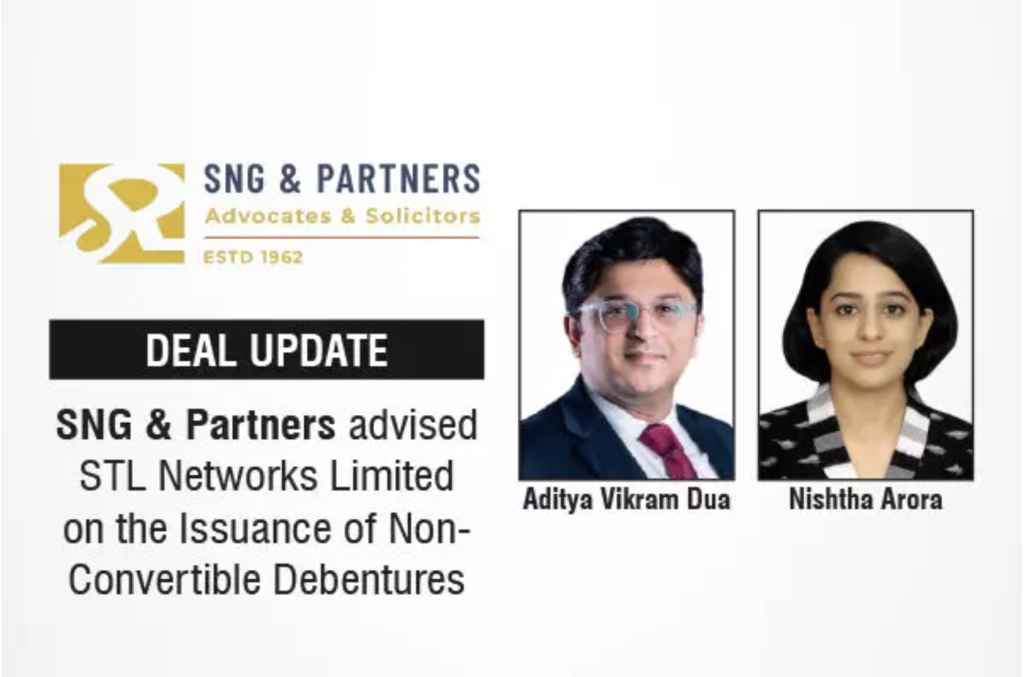With the development of trade and commerce, and of banking and finance practice in particular, the doctrine of equitable mortgage has progressed exponentially, presenting a lot of challenges for lenders and borrowers. Discussed below are certain practical aspects and issues pertaining to equitable mortgage.
Stamp duty: Under law, no document is needed to create an equitable mortgage. Delivery of title documents with the intent to create security is sufficient. However, as a practice, the creditor or its agent (lender) requires the mortgagor to execute a declaration about the delivery of the title documents of the property proposed to be mortgaged. The declaration is stamped with a nominal stamp duty as an affidavit.
Typically, the lender executes a memorandum of entry (MOE), which records the delivery of the title documents by the mortgagor to the lender. The stamp duty payable on such an MOE is nominal in most of the states, however, states such as Maharashtra, Rajasthan, Tamil Nadu and Karnataka have prescribed ad valorem stamp duty on such MOEs, subject to an upper cap in certain cases. An MOE in the form of an agreement which records the bargain between the parties/is executed by both parties, may have ad valorem stamp duty implications.
Further, the Supreme Court judgment in Chief Controlling Revenue Authority v Coastal Gujarat Power Limited (2015) may imply that where a declaration and MOE are executed in respect of a transaction where security interest is held by one person for the benefit of multiple lenders, the stamp duty payable on each document shall be the applicable stamp duty on that document, multiplied by the number of lenders/beneficiaries involved.
Registration: Section 59 of the Transfer of Property Act (TPA) exempts from registration an instrument drawn to record the creation of equitable mortgage. While the registration of MOEs is usually not required in most of the states, certain states require registration of the MOE (whether executed as an agreement or otherwise) and/or a post facto notice to the concerned sub-registrar of assurances.
Further, the Supreme Court in State of Haryana v Narvir Singh (2013) observed that if an MOE creates or extinguishes rights or liability, it would need to be registered.
Location of lender: Where the lending branch is not situated within a notified town in terms of section 52(f) of the TPA, the branch manager may request the owner of the property (or the owner’s authorized agent) to deposit the title documents in one of the branches situated in the notified area.
Place of execution: If the declaration or MOE is executed in a specified town but where the mortgaged property is not situated, in order to ensure compliance with all registration, notice or filing requirements, if the MOE (or a copy it) travels to any other state, it may have to be stamped with the differential stamp duty, if any, as applicable in the state to which the MOE (or its copy) travels.
Constructive delivery: Where title documents are already deposited with a lender, constructive delivery of the documents is sufficient to create a valid equitable mortgage over the mortgaged property to secure a separate facility which may be given by another lender. The declaration is executed in favour of the lender who is holding the title documents, who acts as an agent of the other lender.
Loss of documents: If original title documents are lost, the mortgagor may deposit copies of the registered title documents, together with other documents such as tax receipts which establish the mortgagor as the owner of the mortgaged property. Additionally, the lender may require the mortgagor/borrower to furnish an indemnity bond in its favour.
Agricultural land: Certain states prohibit equitable mortgages on agricultural land. Further, in certain states permission from/notice to the revenue authority may be required before the creation of an equitable mortgage on agricultural land.
Real estate projects: Where the developer having the development rights is different from the landowner, in addition to the title documents pertaining to the project land, the development agreement and power of attorney executed by the landowner in favour of the developer together with certified copies of layout plans, building plans and approvals are also required to be deposited with the lender, for the purpose of creating an equitable mortgage on the real estate project.
Equitable mortgage is preferred over other forms of mortgage as it requires minimal paperwork and is cost effective in most of the states from the perspective of stamp duty and registration requirement. In view of the challenges outlined above, it is important that prevalent practices, procedures and laws are not only simplified but also streamlined across states.



